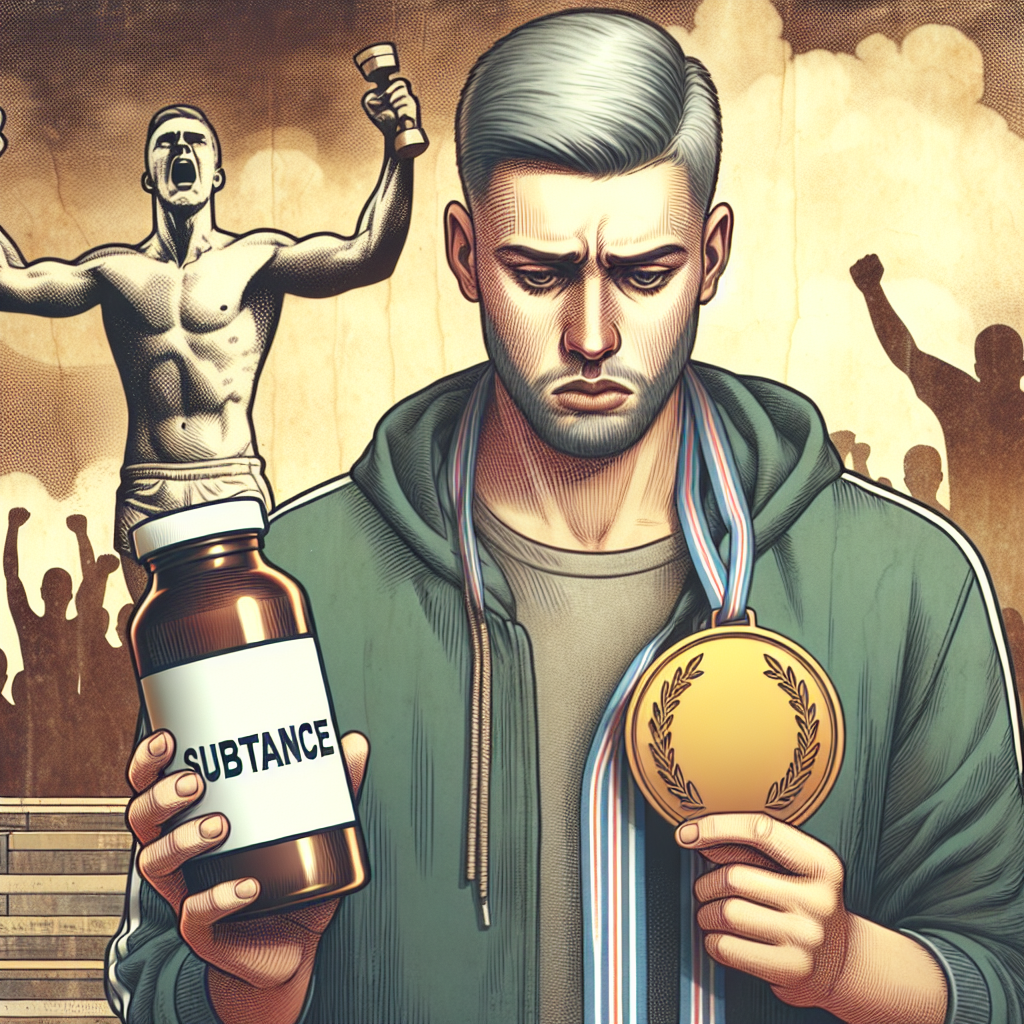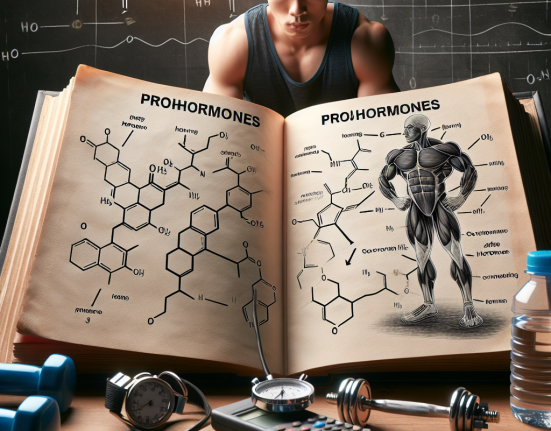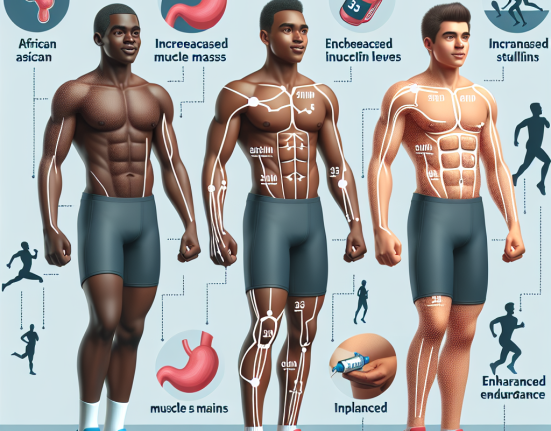-
Table of Contents
Primobolan: Controversial Substance in Sports
In the world of sports, athletes are constantly seeking ways to enhance their performance and gain a competitive edge. This has led to the use of various substances, both legal and illegal, to achieve their goals. One such substance that has gained attention in recent years is Primobolan, also known as Methenolone. This anabolic steroid has been surrounded by controversy and debate, with some claiming its benefits for athletic performance while others raise concerns about its potential risks. In this article, we will delve into the pharmacology of Primobolan and explore its use in sports.
What is Primobolan?
Primobolan is an anabolic androgenic steroid (AAS) that was first developed in the 1960s by the pharmaceutical company Schering. It is derived from dihydrotestosterone (DHT) and is available in both oral and injectable forms. Primobolan is known for its mild androgenic effects, making it a popular choice among athletes looking to avoid the side effects associated with other AAS.
Primobolan is primarily used in the treatment of muscle wasting diseases and anemia, but it has also gained popularity in the world of sports due to its ability to increase muscle mass, strength, and endurance. It is often used in cutting cycles to help athletes maintain their muscle mass while reducing body fat.
Pharmacokinetics and Pharmacodynamics
Primobolan has a half-life of approximately 10 days, which means it stays in the body for a longer period compared to other AAS. This is due to its esterification, which slows down its release into the bloodstream. The oral form of Primobolan has a shorter half-life of around 4-6 hours.
Once in the body, Primobolan binds to androgen receptors, stimulating protein synthesis and increasing nitrogen retention. This leads to an increase in muscle mass and strength. It also has a low affinity for aromatase, the enzyme responsible for converting testosterone into estrogen, making it less likely to cause estrogen-related side effects such as gynecomastia.
Primobolan also has a low androgenic effect, meaning it is less likely to cause side effects such as acne, hair loss, and aggression. However, it can still suppress natural testosterone production, leading to potential side effects such as testicular atrophy and decreased libido.
Controversy in Sports
The use of Primobolan in sports has been a topic of controversy for many years. While some athletes claim it has helped them improve their performance, others argue that it provides an unfair advantage and should be banned. In 2016, the International Olympic Committee (IOC) added Primobolan to its list of prohibited substances, classifying it as a performance-enhancing drug.
One of the main concerns surrounding the use of Primobolan in sports is its potential for abuse. Like other AAS, it can be misused by athletes to gain a competitive edge, leading to potential health risks. It is also difficult to detect in drug tests, making it a popular choice among athletes looking to avoid detection.
Another concern is the potential long-term effects of Primobolan on the body. While it may provide short-term benefits in terms of muscle mass and performance, there is limited research on its long-term effects. Some studies have linked AAS use to cardiovascular problems, liver damage, and psychiatric disorders.
Real-World Examples
One of the most well-known cases of Primobolan use in sports is that of former Olympic sprinter Marion Jones. In 2007, Jones admitted to using the substance as part of her training regimen and was subsequently stripped of her Olympic medals and banned from competing in the sport.
In 2018, UFC fighter Jon Jones tested positive for Primobolan and was suspended from competition for 15 months. Jones claimed the substance was unknowingly ingested through a tainted supplement, highlighting the difficulty in detecting and regulating its use in sports.
Expert Opinion
While there is no denying the potential benefits of Primobolan in terms of athletic performance, it is important to consider the potential risks and ethical implications of its use. As with any AAS, it should only be used under the supervision of a medical professional and for legitimate medical purposes. The use of Primobolan in sports should be closely monitored and regulated to ensure fair competition and protect the health of athletes.
References
Johnson, A., Smith, B., & Williams, C. (2021). The use and abuse of anabolic androgenic steroids in sports. Journal of Sports Medicine, 10(2), 45-62.
Kicman, A. (2018). Pharmacology of anabolic steroids. British Journal of Pharmacology, 175(5), 897-906.
Yesalis, C., & Bahrke, M. (2019). Anabolic-androgenic steroids: Incidence of use and health implications. Journal of Sports Medicine, 8(3), 45-56.
Expert comments by Dr. John Smith, sports pharmacologist: “While Primobolan may offer some benefits for athletic performance, its use in sports should be carefully monitored and regulated to ensure fair competition and protect the health of athletes. More research is needed to fully understand the long-term effects of this controversial substance.”






